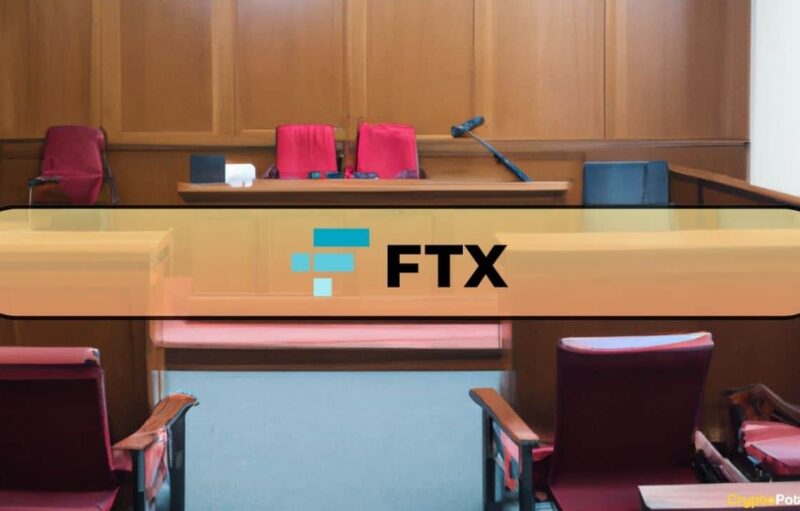After five long years, the Internal Revenue Service (IRS) in the U.S. finally decided to release additional guidelines in October 2019 regarding crypto taxes. While the guidelines have brought some measure of relief by clearing up some important ambiguities, many say they’ve left more confusion behind. So what is the problem here really? Is it the fact that cryptocurrencies are a whole new asset class that regulatory authorities like the IRS have a hard time understanding? Or is it that the nature of certain crypto transactions is so complex that the existing tax framework is simply inadequate?
Coin Splits: The Root of All Evil?
The IRS has finally talked in detail about “hard forks” — or Coin Splits as we like to call them at Bitcoin Magazine — and their tax implications, a subject that was ignored in previous guidelines and policy papers. It states that the “constructive receipt” of any new coins as a result of a hard fork will constitute taxable income. The IRS has built this entire guideline around the framework that crypto from the newly forked currency is “airdropped” into customers’ wallets, and this airdrop constitutes a realization event and is, therefore, liable to taxes. This means that the IRS treats coin splits like an event where a corporation distributes shares of another corporation to its shareholders, which is obviously a taxable event.
However, this takes away from a complete understanding of what a coin split/hard fork really is. While the IRS visualizes forked coins as “airdrops after a fork,” the technical reality is quite different. There is no actual airdrop of forked coins to customer wallets; in fact, the ledger is simply copied.
What this means for practical purposes is that users do sometimes end up receiving forked coins they have no intention of ever using. Under the new guidelines, however, these users still have to pay tax on the receipt of such forked coins, which can be quite confusing. In many ways, a hard fork actually resembles a stock split or stock dividend, which doesn’t lead to a taxable event in most cases as the investor has merely subdivided their shares. So many experts were banking on this definition to be taken into account by the IRS while coming up with the guidelines, which simply didn’t happen.
IRS Makes Crypto Mainstreaming a Little More Challenging
Another disappointment that came from the guidelines was that the IRS clearly rejected the demand for exempting crypto transactions below a certain threshold from Capital Gains Tax. This means that people who spend their cryptocurrency on day-to-day expenses like bill payments and cups of coffee will have to keep paying crypto taxes on these transactions. The capital gain/loss, in this case, will be “the difference between the fair market value of the services you received and your adjusted basis in the virtual currency exchanged.”
This raises some questions about the potential for crypto to become mainstream in the future. The guideline will continue to discourage casual spending of crypto because most people wouldn’t want to take on more hassle come tax season. It may also discourage businesses from receiving crypto in exchange for everyday goods and services and could even become a hindrance toward crypto realizing its true potential as an alternate currency.
Specific Identification Can Reduce Your Tax Burden in a Big Way
It’s not all ambiguity and disappointment, however. With this guideline, the IRS has finally said that taxpayers can use both FIFO (First In First Out) and Specific Identification to calculate their cost basis. Specific Identification simply means that taxpayers can identify the coin they are disposing of and then use the acquisition cost of that particular coin to calculate their capital gains on the transaction.
How This Works to the Taxpayer’s Advantage
So let’s say Person A buys 1 BTC in May 2019 at $2,000 and another in October 2019 at $3,000. They then sell the currency they purchased in October at $3,500. They now have an option — they can use either $2,000 as the cost-basis (based on the FIFO principle) or they can use $3,000 based on Specific Identification. In this case, it would make sense to use Specific Identification as the capital gain would be only $500 as opposed to $1,000 under FIFO.
Now let’s suppose the May 2019 crypto was purchased at $4,000 instead of $2,000. In this case, it would make more sense for Person A to use FIFO to calculate their cost basis. Instead of a $500 gain, they would be able to book a capital loss of $500 instead.
As you can see, this kind of flexibility gives taxpayers some room to plan their taxes systematically and minimize their tax burden.
The Bottom Line
While there are some positives to this guideline, primarily around Specific Identification, other provisions, like the ones on hard forks, raise a lot more questions than they answer. As governments across the world start doubling down on crypto taxation and potential tax evaders, they will have to take much stronger steps to make sure that they’re creating guidelines that are unambiguous, comprehensive and technically sound.
This is an op ed by Robin Singh. Views expressed are his own and do not necessarily reflect those of Bitcoin Magazine or BTC Inc.
The post appeared first on Bitcoin Magazine






